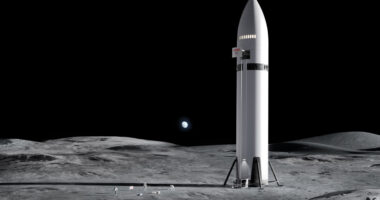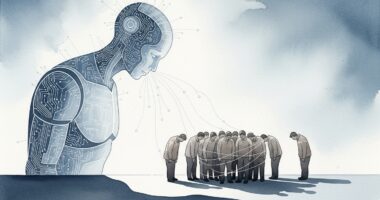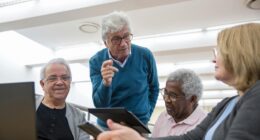Climate change is already shrinking the global production areas for coffee, wine, and cacao, and a proposed high-tech “fix” for the planet will not reliably save them, a new study has found. Research from Colorado State University reveals that even radical climate interventions, such as stratospheric aerosol injection (SAI), would fail to preserve suitable growing conditions for these economically and culturally vital crops.
Based on temperature alone, the outlook is stark. The suitable growing area for grapes is projected to decrease by seven per cent by 2035-2044 and 11 per cent by 2085-2094. Coffee is projected to lose 29% of its growing area by 2035-2044 and a staggering 52 per cent by 2085-2094, with much of this loss concentrated in Brazil, the world’s largest coffee producer. Cacao is the only outlier, with its suitable growing area projected to increase by thee-to-five per cent by the end of the century. However, the study cautions that temperature is not the only relevant environmental condition.
The study, published in Environmental Research Letters, analysed SAI, a hypothetical method of injecting reflective aerosols into the stratosphere to cool the Earth. Researchers compared two 10-member SAI simulations against a non-SAI climate change scenario for the decade 2036-2045.
Risk tradeoffs
The results show that SAI “may not be reliably beneficial for growing luxury crops”. The primary reason is that while SAI reduces heat, these crops are also “highly sensitive to shifts in precipitation and humidity”. The study warns of “risk tradeoffs,” where reducing extreme heat could be “compensated for by increasing the risk of other adverse conditions, such as erratic precipitation or higher humidity”.
Natural climate variability caused a “large spread in outcomes”. In only six of the 18 regions assessed did growing conditions improve in all climate realisations under SAI. This economic uncertainty was stark: in France, for example, the study found a potential revenue difference of nearly $60 billion for grapes between the highest and lowest outcomes within the same 10-year SAI scenario.
Where SAI did show improvement, a key factor was “reducing disease risk”. Cacao, for instance, is highly susceptible to pests and diseases caused by a combination of high temperatures, rainfall, and humidity.
The researchers concluded that it is “critical to assess responses in multiple ensemble members and not simply draw conclusions from an ensemble mean”.










